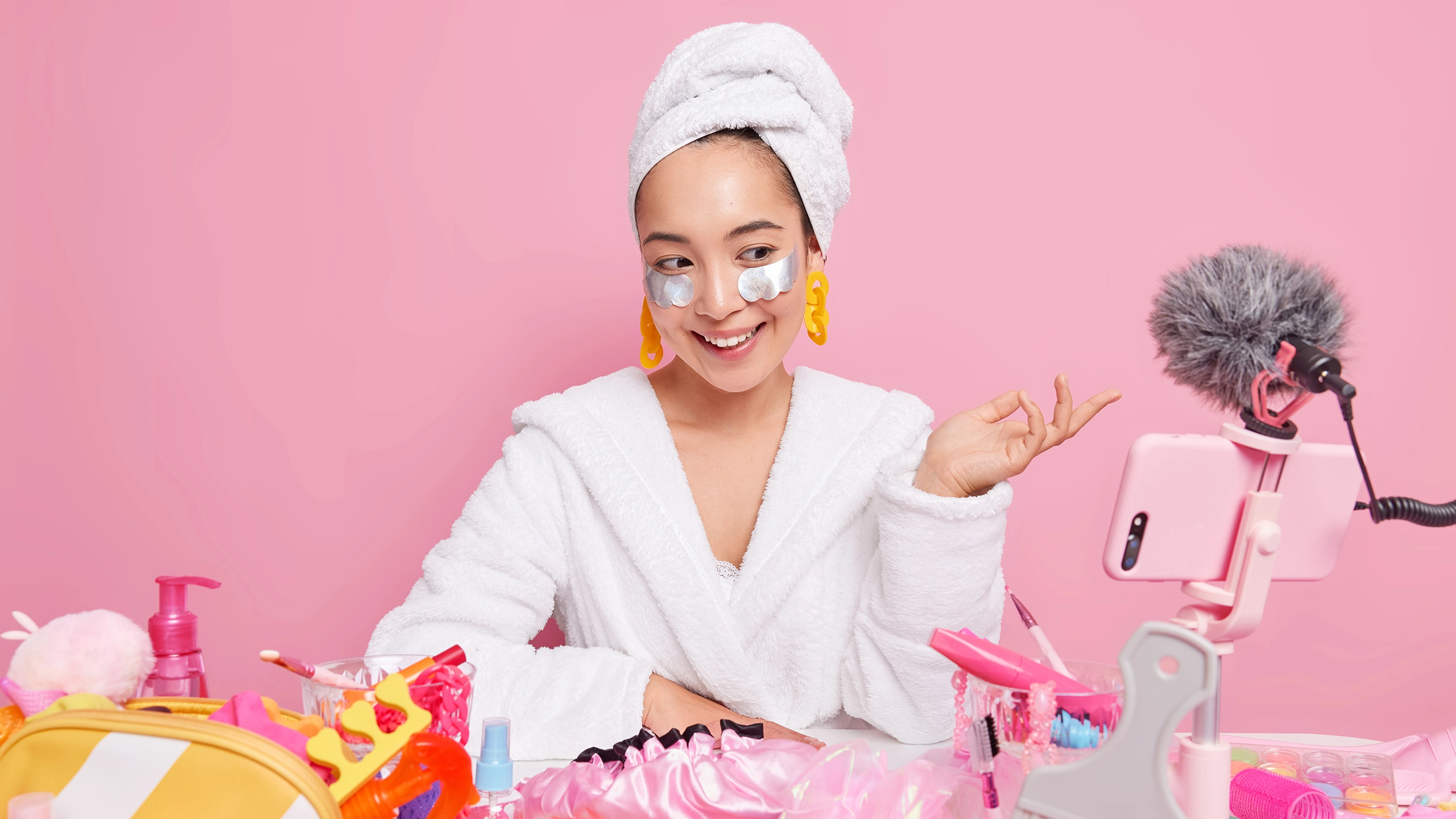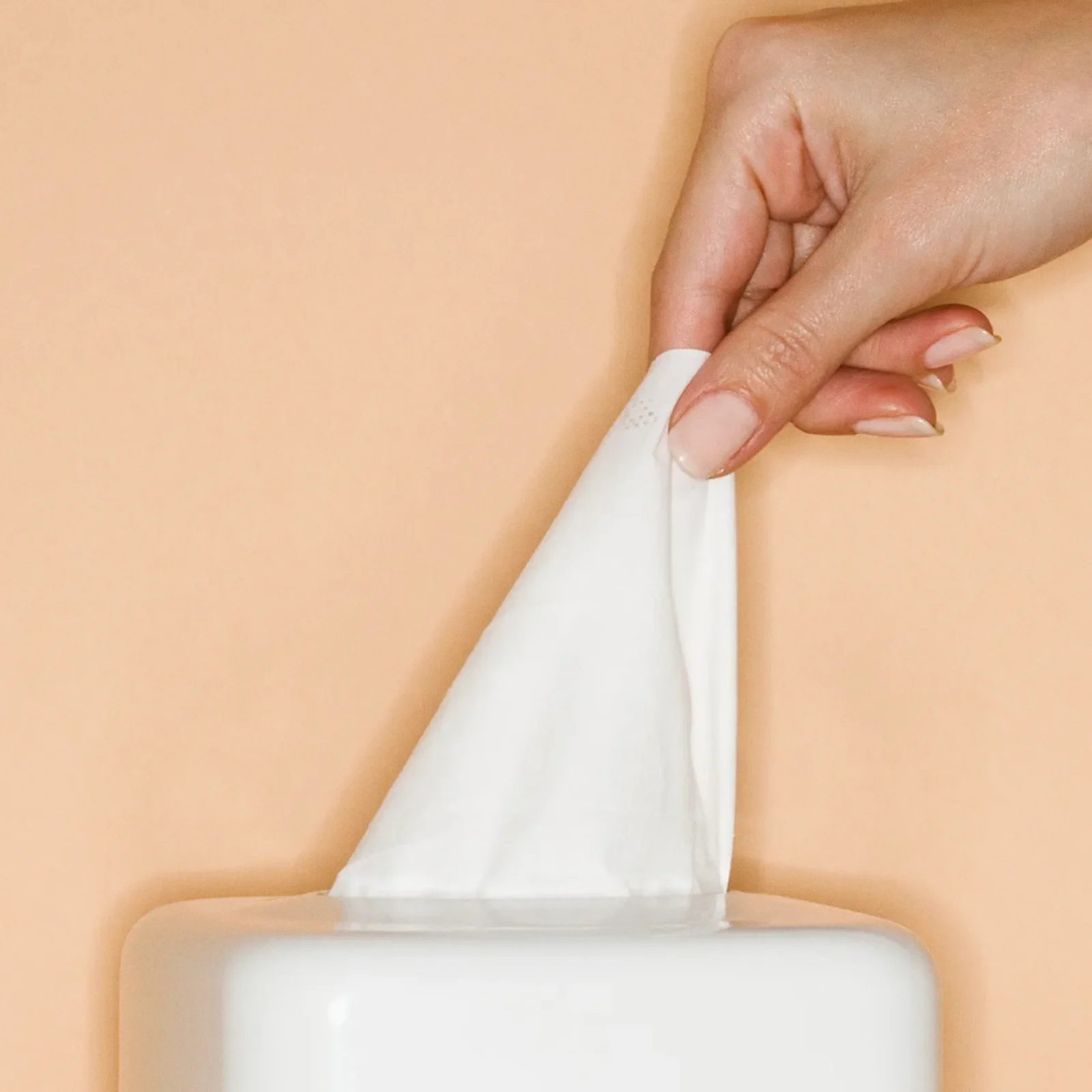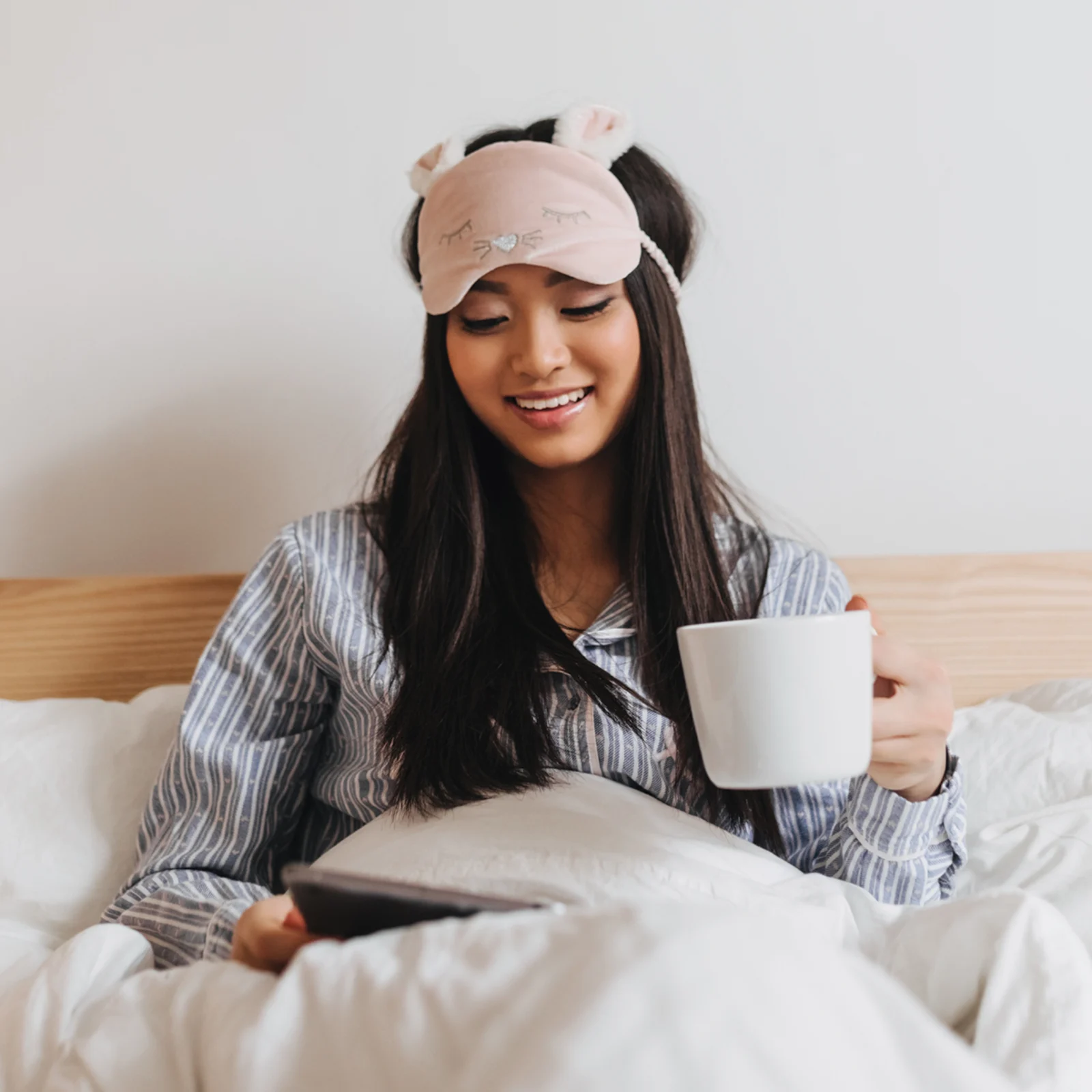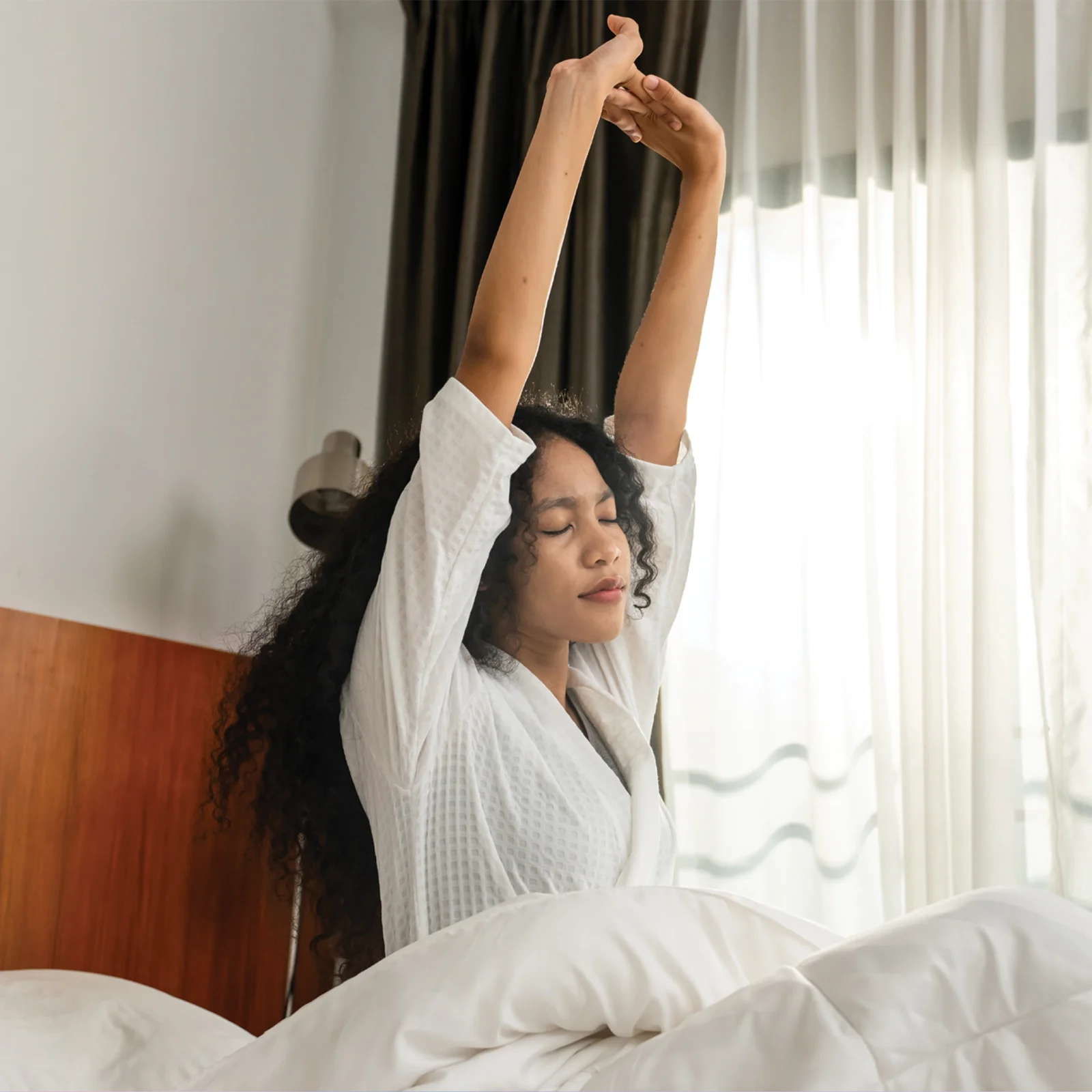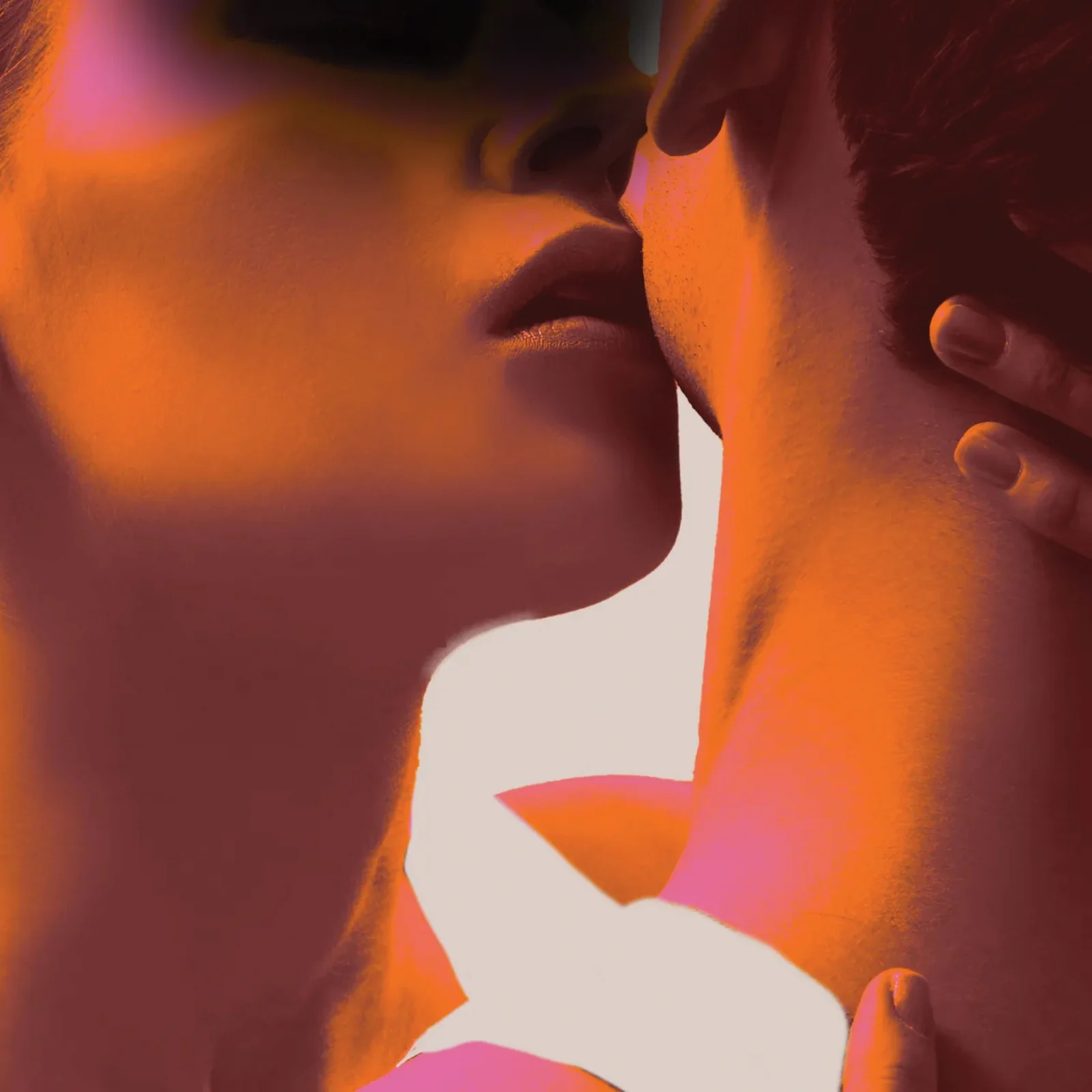The Price of Almost: How Budol Wellness Sells Us the Illusion of Healing
In a culture where self-care is marketed as salvation, wellness has become a performance and budol is the price we pay for pretending to feel better.
Wellness is no longer an indulgence. It’s an identity. It has morphed from a quiet promise of balance into a full-blown aesthetic, a trillion-dollar industry cloaked in neutral-toned serums, sound baths, and personal brands that preach a gospel of glow. We meditate, we ice roll, we journal on linen-bound notebooks made from recycled banana fiber. And we pay for it. Sometimes literally, but often existentially. Somewhere along the way, wellness stopped being a journey inward and became a marketplace outward.
In the Philippines, where the word budol describes the all-too-familiar feeling of being duped into buying something you didn’t plan on (and probably didn’t need), a new category has emerged: budol wellness.
The allure of healing
It starts innocently enough. A targeted ad for chlorophyll water promises clearer skin, fewer breakouts, and better digestion. A glowing influencer in Siargao claims a crystal facial released her ancestral trauma. Your co-worker swears by a PHP 9,000 lymphatic drainage massage that “changed her life.” And you—sleepless, stressed, and seeking meaning—start to wonder: What if they’re right?
Budol wellness isn’t always a scam. It’s a feeling, a kind of aesthetic hypnosis. It promises that you’re one cacao ceremony away from being whole. That if you buy the right matcha whisk or wear the right set to your breathwork class, you’ll finally unlock peace. It’s wellness as a retail theater, where the performance of balance becomes more important than actually achieving it. It’s basically FOMO, in a sense.
The modern wellness industry thrives on this ache, the quiet desperation of those who long to feel better, but don’t know how. It repackages ancient rituals into retail therapy and sells healing as a performance. Buy the right oil. Book the right retreat. Wear the right shade of beige. In a time when institutions feel brittle, where healthcare is expensive, therapy is stigmatized, and religion feels increasingly out of touch, wellness steps in as the new secular salvation. But, as the University of Sydney reports, not all of it is built on truth.
And in the Philippines, where budol culture is part joke and part reality, the relationship between consumerism and healing becomes especially slippery. In the local context, where many lack access to affordable healthcare or mental health support, wellness should be a tool for equity. Instead, it has become a new class marker—a language of privilege spoken fluently only by those who can afford to participate.
Why we still fall for it
We fall for budol wellness not because we are gullible, but because we are human. The desire to feel okay, to sleep well, to stop spiraling, to feel safe in our bodies, is not irrational. It is universal. And when a sea of digital voices promise that relief is only one product away, the temptation is strong.
This pressure is especially acute for younger generations. As consulting firm McKinsey reports, “Wellness is more important to consumers than ever. Younger generations are spending disproportionately on wellness.” To millennials and Gen Zers, wellness has become less of an occasional activity and more of a daily, highly personalized practice—precisely because many of them “self-report higher levels of burnout and worse overall health compared with older people,” while also being constantly exposed to health-related content online. The result is a perfect feedback loop: more stress, more content promising relief, more purchases, and more disappointment when those purchases don’t deliver.
It doesn’t help that the algorithm won’t stop (sort of like a relentless suitor) until you give in. Social media was built to capitalize on your fear of missing out. And because your favorite influencers are living like this—morning greens, infrared saunas, a casual crystal water bottle in frame—it’s easy to believe that this is what thriving looks like.
Influencer culture is part of the culprit, too. It blurs the line between wellness and branding, between care and curation. But it goes even further: Social media doesn’t just promote skinny ideals or trendy supplements. According to this 2024 PLOS One journal article, it now gamifies wellness itself. The emotional labor of healing becomes outsourced to things we can buy. And when the promised results don’t arrive, we don’t blame the product. We blame ourselves.
How to not get played
Wellness should not feel like a hustle. It doesn’t demand perfection nor require a credit card. It is the slow, unsexy work of boundaries, rest, nourishment, therapy when accessible, and community always.
“I think people’s tendency is that they think they have to frame wellness as a chore—‘I have to be healthy. I have to work out. I need to do this,’” shares licensed psychologist Justine Joseph, RPsy. For some, she acknowledges, that kind of motivation works. “But the reminder is: don’t compromise life and enjoyment for something.”
Real wellness isn’t about rigid obligation; it’s about finding what truly sustains you. If a product claims to change your life in one use, it probably won’t. If a coach or healer cannot explain their method in plain language, walk away. If something feels more about the look of healing than the substance of it, it probably is.
Ask: Is this practice actually helping me feel grounded, or is it giving me anxiety about not doing enough to be well? Is this purchase a path to wholeness, or a performance of who I think I should be?
It’s also best to pause before giving in to any trend—especially the expensive ones. Ask a doctor before taking supplements. Check with a licensed dermatologist before applying serums or starting peels. Get bloodwork done before diagnosing yourself with fatigue, inflammation, or hormonal imbalances. Real wellness begins with real safety.
The price of almost
At its best, wellness reconnects us to ourselves. There’s no black-and-white, binary definition for it, either. But when it’s co-opted by budol, it keeps us in a state of almost healing. Almost well. Almost whole. It dangles the carrot of peace just far enough away that we stay reaching.
The most radical wellness might not be another supplement or session. It might be the ability to say: I am allowed to feel good without buying anything at all. And that may be the only thing no one can budol you out of.
Latest Stories
You might also like
To provide a customized ad experience, we need to know if you are of legal age in your region.
By making a selection, you agree to our Terms & Conditions.